Naturalizing an area with bulbs- crocus and others?
Lesuko
10 years ago
Related Stories
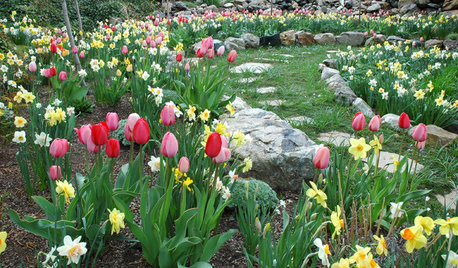
GARDENING GUIDESGardening With Kids: How to Plant Bulbs
You don't need expertise to get flowering bulbs in the ground in fall — but kids will feel like gardening pros come spring
Full Story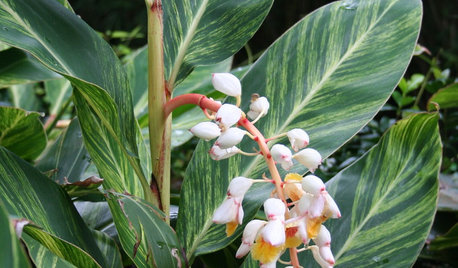
GARDENING GUIDES7 Tropical Bulbs for a Summer Garden That Wows
Try these stunners in summer's powerful heat for garden thrills with an exotic flair
Full Story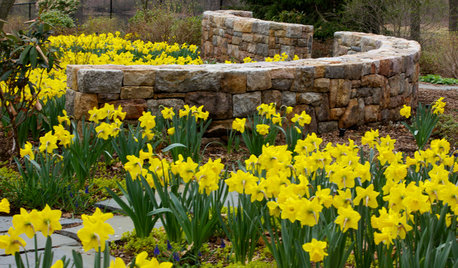
GARDENING GUIDES10 Beautiful Ways to Landscape With Bulbs
Planting bulbs wisely in fall can turn a spring garden glorious with joyful colors and profuse blooms that last through summer
Full Story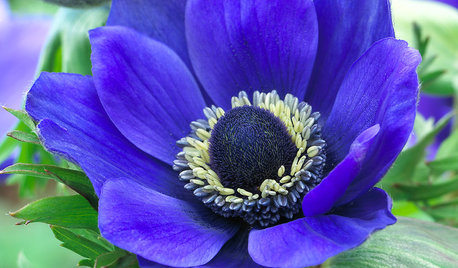
FALL GARDENING6 Splendid Blue-Flowering Bulbs
How do you blue? With colors from sky to cobalt, these bulbs will greet you merrily in a spring garden
Full Story
GARDENING GUIDES6 Unsung Bulbs for Fall Planting
Don't hang up your spade after summer — plant these unusual bulbs in fall for a spectacular spring show
Full Story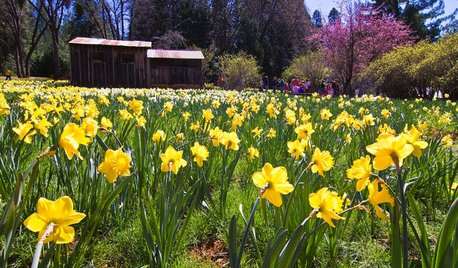
GARDENING GUIDES7 Bulbs That Flourish in Mild Climates
Fall planting: For gardens that don't see harsh winters, different guidelines for choosing and planting spring-blooming bulbs apply
Full Story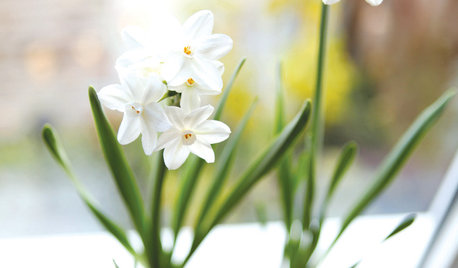
DIY PROJECTSHoliday DIY: Mason Jar Forced Bulbs and Evergreen Gift Tags
Learn how to make these winter projects from the book ‘Garden Made’ by Stephanie Rose
Full Story
HOUSEPLANTSHow to Force Amaryllis Bulbs Indoors
Enjoy vibrant red blossoms even as gardens turn snowy white, by teaching this hardy repeat performer to ignore the calendar
Full Story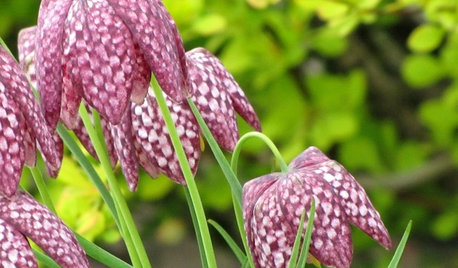
FALL GARDENING7 Delightfully Different Bulbs for Your Spring Garden
Fall planting: Stray from the standards for a more exotic spring garden that draws applause
Full Story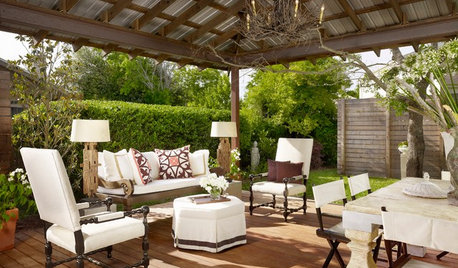
LIGHTINGStick to Branches for Naturally Beautiful Lighting
When you combine trees and technology, your lighting is as organic as it is versatile
Full StoryMore Discussions






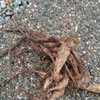
LesukoOriginal Author
jerseygirl07603 z6NJ
Related Professionals
Oconomowoc Landscape Architects & Landscape Designers · Redondo Beach Landscape Architects & Landscape Designers · Aurora Landscape Contractors · Biloxi Landscape Contractors · Caldwell Landscape Contractors · Centereach Landscape Contractors · Farmington Landscape Contractors · Hoover Landscape Contractors · Las Vegas Landscape Contractors · Midland Landscape Contractors · Pleasanton Landscape Contractors · San Pedro Landscape Contractors · South Hackensack Landscape Contractors · Vadnais Heights Landscape Contractors · Hueytown Landscape ContractorsLesukoOriginal Author
jerseygirl07603 z6NJ
Tiffany, purpleinopp Z8b Opp, AL
linaria_gw
kittybouquet
surya55_gw
floral_uk z.8/9 SW UK